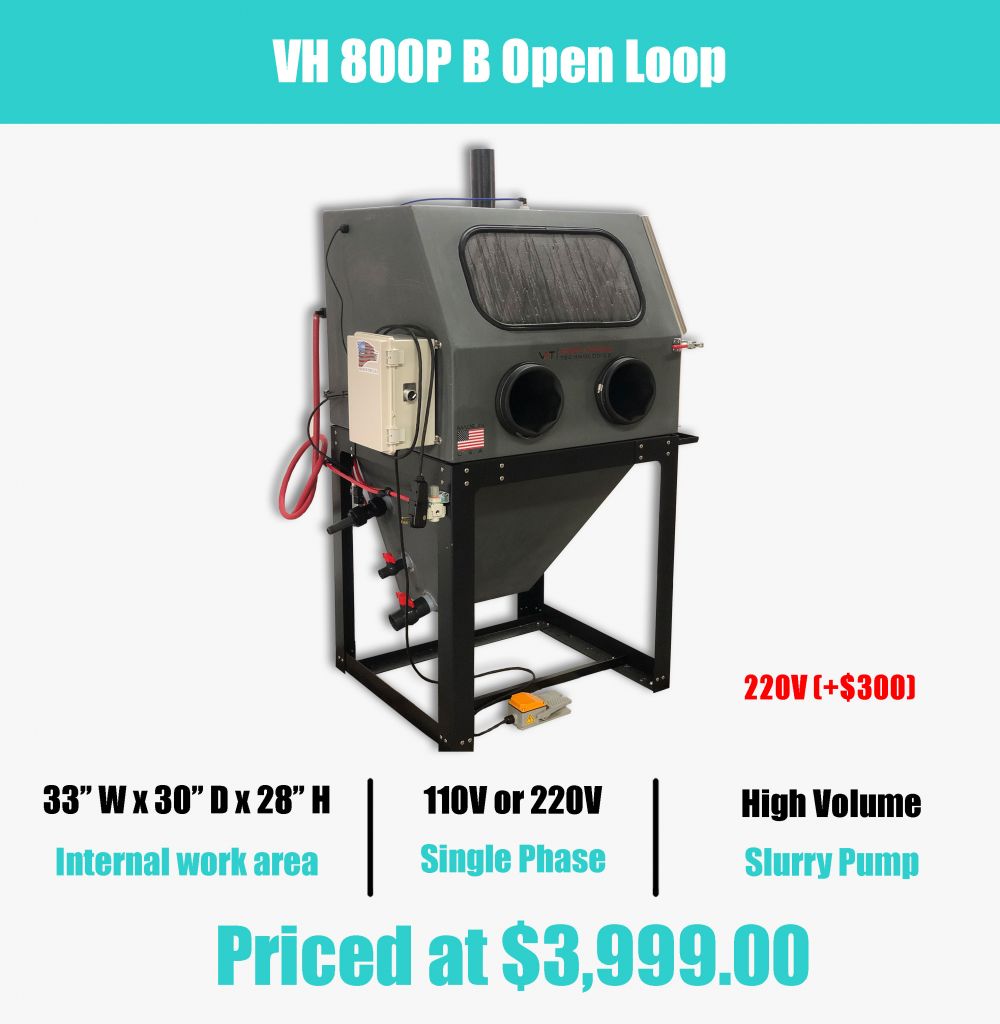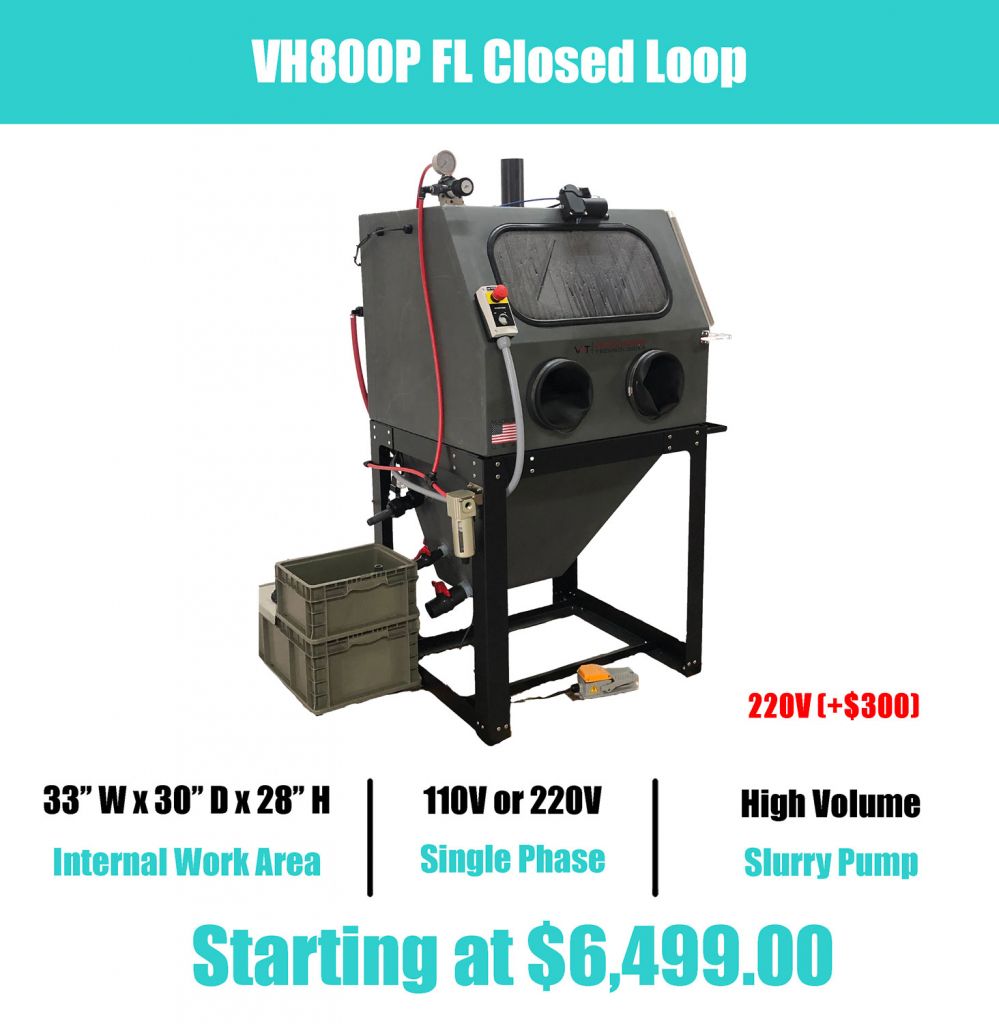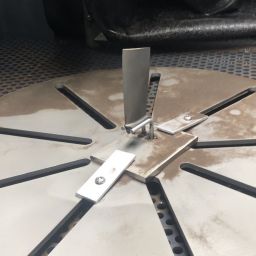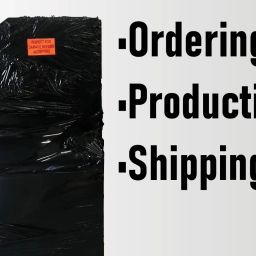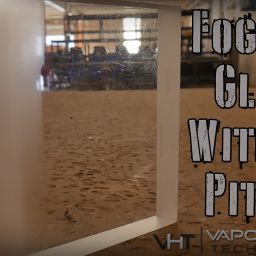What Are Closed Loop And Open Loop Filtration Systems?
The terms closed and open loop refer to how water is introduced and recirculated in a Vapor Honing wet blasting cabinet. The biggest difference between closed and open loop filtration is that open loop systems require a fresh water connection and closed loop systems do not.
Open & Closed Loop Definitions:
Open Loop: An open loop system requires an external water source, because when you are rinsing a part down or using your window rinse, that water will be derived from it. To clarify, rinsing a part down is separate from blasting. Blasting itself adds no external water into the machine, as blast water is recirculated from the hopper, along with your media. Only when your window rinse or internal rinse is used is external water added. An open loop system will require either a plumbed in drain or bucket to catch the excess water expelled from the machine.
Closed Loop System: A closed loop system does not use an external water source, as it recycles the water used in your stem. With a closed loop system, two external basins will be present. The top basin of the pair handles the sedimentation of your abrasive. When the machine’s overflow valve is opened automatically or manually, the excess water pools in this basin. The abrasive that escapes the hopper is allowed to settle, and the water overflows into the bottom basin. The lower basin holds the water that will be used for your window and internal rinse. With this style of system, the blast water is also separate from the water in the sedimentation basins.
Benefits And Drawbacks of Open & Closed Loop Machines
Starting with the open loop system, the greatest benefit is that the water in your machine will remain fresher. This is because you are adding fresh water to it more regularly. Open loop systems are also more cost effective because they require fewer components at construction.
One drawback of an open loop system is that it requires a fresh water hookup. This type of system is also more prone to losing abrasive. As the water is allowed to flow out of the system, along with any abrasive that may tag along, if not given ample time to drain, that abrasive will be lost. If you require tight process control, this will require you to diligently check your slurrys mixture levels.
The first benefit of a closed loop system is that no external water supply is required. While you do have to fill the machine and hopper upon set up, after that, the machine is fully independent as far as water goes. In a closed loop system, less abrasive is lost. Any abrasive that manages to make its way out of your machine can be reintroduced back into it. This style of filtration is preferable for any situation in which tight process control is desired.
The disadvantage of a closed loop system can be the cleanliness of the water. The water that you are blasting with eventually also becomes the water you are rinsing with. This means that if you are blasting particularly dirty parts, your rinse water will become dirty as well. The dirtier the parts, the faster this will happen.
Additional Tidbits
Further Explanation
We hope that you have found this blog helpful! If you have any further question, we are happy to help. We can be reached at 828-202-5563 (USA) or through our contact page. Thanks again for reading and have a great day!
NEVER BLAST WITH YOUR MACHINE OVERFLOW VALVE OPEN!! This is a sure way to lose all of the abrasive in your machine, especially if you have an open loop system. An easy way to mitigate this potential problem is to purchase a machine with an automatic overflow valve. Machines with an automatic overflow valve close the machine overflow as soon as the blasting pedal is pressed. They also hold the overflow valve closed for a predetermined time after blasting has stopped. This allows the abrasive in the machine’s hopper time to settle.






